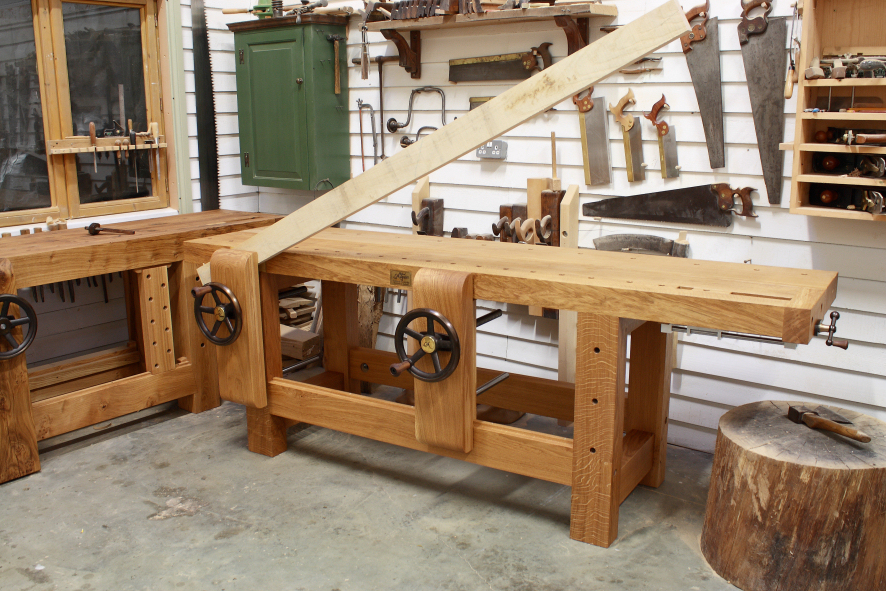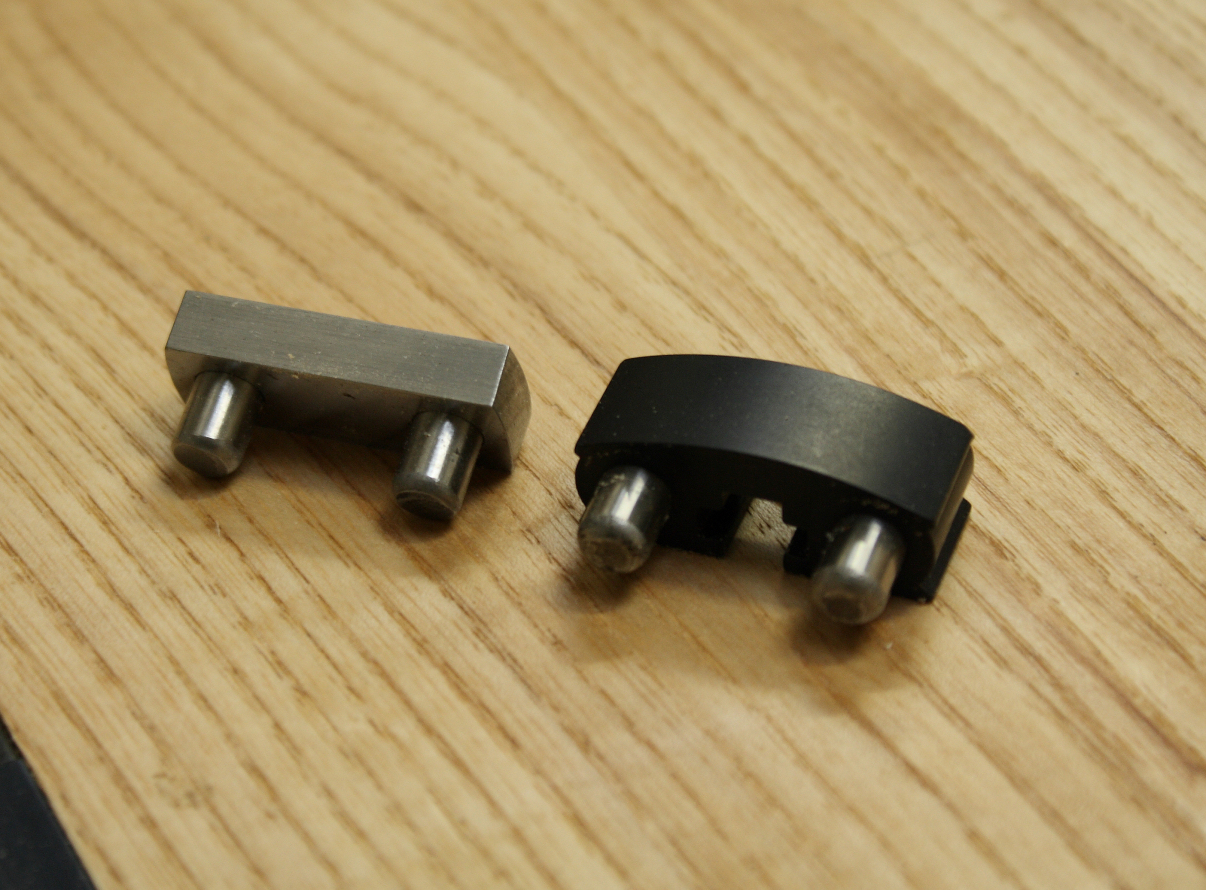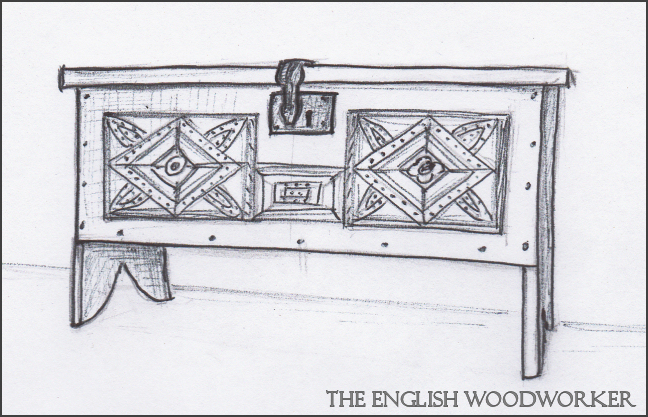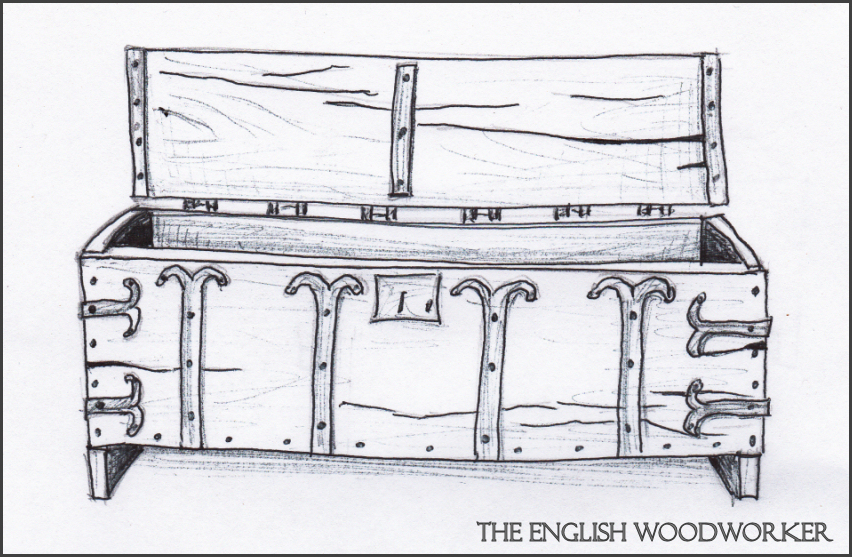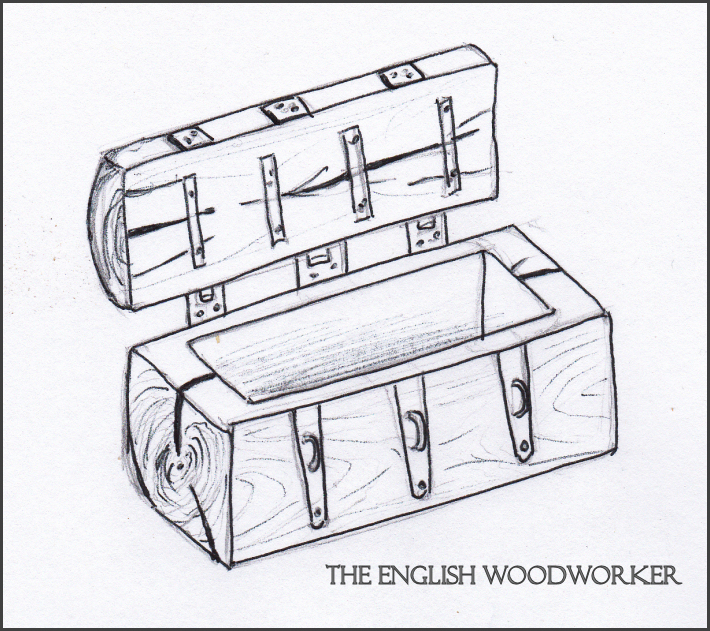Before I delve deeper in to the subject of workbench design I’d first like to draw attention to one of the unsung heroes of my workshop. My Saw Donkey’s (as I like to call them) are my more humble yet resilient version of a saw horse. Alongside a well designed...


